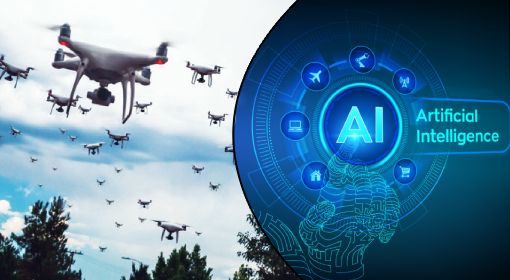An Introduction to AI and ChatGPT: Understanding the Capabilities and Limitations of OpenAI’s Popular Language Model
Category : AI Technology
In recent years, the field of Artificial Intelligence (AI) has seen tremendous advancements, and one of the most exciting developments is the advent of large language models. One such model, developed by OpenAI, is called ChatGPT. In this article, we’ll take a closer look at what ChatGPT is, how it works, and its capabilities and limitations.
What is ChatGPT?
ChatGPT, short for “Conversational Generative Pre-training Transformer,” is a large-scale language model developed by OpenAI. It is based on the transformer architecture, which was introduced in the paper “Attention Is All You Need” by Google researchers in 2017. The transformer architecture has since become the foundation of many state-of-the-art language models, including ChatGPT.
ChatGPT was trained on a dataset of over 1 billion words, and it has the ability to generate human-like text. This means that it can be used to generate responses in a conversation, write creative fiction, or even code. It is currently being used in several applications such as chatbots, content generation and language translation.
How does ChatGPT work?
ChatGPT is a neural network-based model that is trained using a variant of the transformer architecture. The model consists of several layers of interconnected nodes, called neurons, which are trained to process input text and generate output text.
The input text is passed through an encoder, which converts the input text into a numerical representation that can be processed by the neural network. The encoder is typically made up of several layers of neurons, which are designed to learn the underlying structure of the input text.
The output text is generated by a decoder, which takes the encoded input text and generates a new sequence of words. The decoder is also made up of several layers of neurons, which are trained to generate text that is similar to the input text.
The model is trained using a variant of unsupervised learning called pre-training. This means that it is trained on a large dataset of text without any labels or supervision, and it is then fine-tuned on a smaller dataset with specific task such as chatbot generation or language translation.
Capabilities and Limitations
One of the biggest advantages of ChatGPT is its ability to generate human-like text. This makes it well-suited for applications such as chatbots, where the goal is to generate responses that sound natural and human-like. It can also be used for other applications such as content generation, language translation and summarization.
However, ChatGPT is not without its limitations. One limitation is that it is a statistical model and its output is based on the patterns it has seen during training. Therefore, it may not be able to generate text for unseen topics or for novel use-cases. Additionally, like any machine learning model, it may perpetuate biases present in the dataset it was trained on.
Another limitation is that it is a large model, and as such it requires significant computational resources to run. This may make it difficult to use in resource-constrained environments.
In conclusion, ChatGPT is a powerful language model that has the ability to generate human-like text. Its ability to generate text makes it well-suited for applications such as chatbots, content generation, and language translation. However, it is important to understand its limitations and to use it appropriately. With the rapid advancement of AI and language models, it’s exciting to see what new possibilities this technology holds for.



Recent Comments